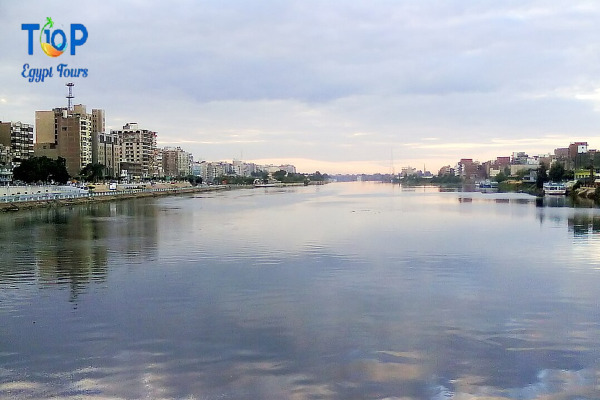Dakahlia Governorate Egypt, Nestled in the heart of the Nile Delta, Dakahlia Governorate is a region rich in history, culture, and natural beauty. Whether you’re a history enthusiast, a nature lover, or simply curious about Egypt’s lesser-known destinations, Dakahlia has something for everyone.
In this article, we will uncover for you the Dakahlia Governorate Egypt with Top Ten Egypt
Where is Dakahlia Governorate Located?
Dakahlia lies in the northeastern part of Egypt, bordered by the Mediterranean Sea to the north and the Nile Delta to the south. Its strategic location makes it a hub for agriculture, trade, and cultural exchange. The capital city, Mansoura, is a vibrant center of activity and a must-visit destination.
Top Attractions in Dakahlia Governorate
1. Mansoura: The City of Victory
Mansoura, the capital of Dakahlia, is steeped in history. It earned its name, which means “The Victorious,” after the famous Battle of Mansoura during the Crusades. Don’t miss the Mansoura National Museum, which showcases artifacts from ancient and medieval Egypt.
2. Lake Manzala: A Natural Wonder
Lake Manzala, one of Egypt’s largest coastal lakes, is a paradise for birdwatchers and nature enthusiasts. Its serene waters and diverse wildlife make it a perfect spot for a peaceful retreat.
3. Tell El Balamun: Ancient Ruins
History buffs will love exploring the archaeological site of Tell El Balamun, home to remnants of ancient temples and settlements. It’s a window into Egypt’s glorious past.
4. Aga: A Quaint Delta Town
The town of Aga is known for its charming streets, traditional markets, and friendly locals. It’s a great place to experience authentic Delta culture.
Why Visit Dakahlia Governorate?
- Rich History: From ancient ruins to medieval landmarks, Dakahlia is a treasure trove of historical sites.
- Natural Beauty: The lush landscapes of the Nile Delta and the tranquil Lake Manzala offer breathtaking views.
- Cultural Experiences: Explore local markets, taste traditional cuisine, and interact with the warm and welcoming locals.
Tips for Visiting Dakahlia
- Best Time to Visit: Spring (March-May) and autumn (September-November) offer pleasant weather for exploring.
- How to Get There: Dakahlia is easily accessible by train or car from Cairo, making it a convenient day trip or weekend getaway.
- Local Cuisine: Don’t miss trying feseekh (fermented fish) and other Delta delicacies.
Every Egyptian Governorate has a story to tell. Let us guide you through them—Browse Here!
Dakahlia Governorate is a destination that combines history, nature, and culture in one unforgettable experience. Whether you’re exploring ancient ruins, relaxing by Lake Manzala, or strolling through Mansoura’s bustling streets, Dakahlia promises a journey like no other.



Comment (0)